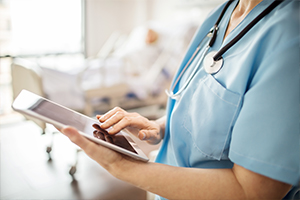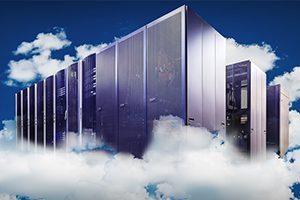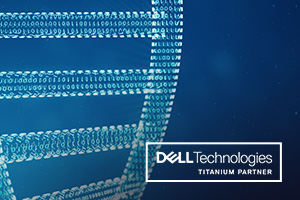1 min read
Do you have backups of your most crucial data at the ready?
Around the world today, businesses are investing heavily in security fortification, and rightfully so. To be productive on a daily basis, your...

Especially now, with so many people and so much data located remotely, organizational leaders in every sector need to know the importance of security fortification. After all, without knowing their data is safe and secure, it’s difficult for your people to function on a daily basis.
But, it’s important to note: Not all industries are created equal in this respect. In particular, healthcare is one area where security needs to receive an extremely high level of focus. It’s worth taking a moment to understand why.
According to Healthcare IT News, IT leaders in the sector are working to get a handle on the unique challenges of hospital data security. The challenge stems from the fact that security must extend far beyond ordinary boundaries. For most businesses, the task is relatively simple – if you secure the workplace, and your employees’ devices within that workplace, then you’re on your way. Healthcare organizations are a little different, as there are more environments and more technologies to consider.
“Healthcare IT leaders need to understand the broad range of technologies at use across a hospital and assess which of these systems and machines they would detect attacks against and where they would be blind,” Scope Security CEO Michael Murray said.
Let’s take a look at three key areas encompassed by healthcare IT security.
When it comes to healthcare security, there’s a lot you’ve got to handle. But here’s the good news: Zones is here to help you handle it. We’ve always believed in making Security Fortification a top priority – and that’s especially the case today, and especially in the healthcare sector. We offer a wide range of services, from Security Assessments to Authentication & Data Security solutions, that are designed to keep your devices, your data, and your people safe. Connect with us to further explore how Zones can support your organization.

1 min read
Around the world today, businesses are investing heavily in security fortification, and rightfully so. To be productive on a daily basis, your...

Not long ago, it was difficult for patients to get the healthcare services they needed in a timely fashion. They’d show up to hospitals or clinics,...

The healthcare sector is facing immense challenges in this day and age. For starters, the population is aging very rapidly, with a large generation...